Most workers will see their take-home pay increase this week due to a change in National Insurance rules, resulting in a £330 saving.
The threshold at which National Insurance (NI) kicks in rises to £12,570 on Wednesday, from £9,880 currently.
This brings it into line with the income tax threshold, giving 2.2 million UK workers a complete break from NI payments.
They will still receive all the benefits that come with paying the levy, such as access to the state pension, statutory sick pay and maternity leave.
The uplift won’t go far when you consider that real wages are falling amid rampant inflation as the cost-of-living crisis batters household finances.”
Alice Haine, personal finance analyst at DIY investment platform Bestinvest said: “NI bills were pushed up by 1.25% in April when the (UK) government rolled out a new health and social care levy to bolster the NHS and social care, which had been stretched thin by the pandemic.
“It meant the main rate for employees rose to 13.25%, from 12%, with the increase coinciding with the escalation in the cost-of-living crisis after Russia’s invasion of Ukraine sparked a surge in food, fuel and energy prices – delivering a double blow to the wallets of everyday Britons.
“However, from July 6, the threshold at which NI kicks in increases to £12,570.
“This equates to a saving of over £330 on average, when compared to the previous three months of National Insurance contributions, with the cash boost also set to benefit a further 30 million typical employees earning over the new £12,570 threshold, including higher earners.”
National Insurance change less rosy for high earners
She added: “The saving is even higher for lower to middle income earners, when compared to the NI rates paid in the 2021-22 tax year, with those earning less than around £35,000 having their NI contributions cut by more than the amount they pay through the 1.25% levy. That’s effectively 70% of people seeing their NI drop below what they were paying last year.”
The picture is “less rosy” for higher earners, Ms Haine said, adding: “They still secure that nice little £330 uplift to their net pay but if they compare their NI contributions after July 6 to the 2021-22 tax year, they will be paying more.”
Financial habits of better off Scots revealed in new report
Think-tank warns of worsening cost-of-living crisis
This is because those earning more than the upper earnings limit of £50,270 also saw National Insurance contributions on income above that threshold charged at an increased rate of 3.25% from April 6, up from 2%.
Ms Haine continued: “While it’s welcome in these financially challenging times that every worker will see a fall in their NI bill this month, compared to the previous three months, delivering a mini-boost to pay packets in dark economic times, the uplift won’t go far when you consider that real wages are falling amid rampant inflation as the cost-of-living crisis batters household finances.
“The good news is that eight million vulnerable households will also receive the first of Rishi Sunak’s cost-of-living cash payments of £326 on July 14, offering additional relief for those struggling the most.
“This will be followed by a second instalment in the autumn, forming part of a £1,200 support package for those hardest hit by the cost-of-living crisis.”
The National Insurance change was announced in the Chancellor’s Spring statement in March.
Salary sacrifice
Workers who want to see more of an uplift to their pay packet may want to consider salary sacrifice as a way to boost take home salary, particularly if they are higher earners, Ms Haine said.
She added: “Some employers allow staff to contribute a greater proportion of their salary into their workplace pension in lieu of pay.
“While pension contributions already benefit from income tax relief, the system also offers NI relief which benefits both the employee and employer.
“Only consider this route if you are confident you can pay all of your household bills adequately and won’t be affected by having less income every month, even if the money is being redirected towards your future.
“A lower salary could also affect the amount you can borrow when it comes to a mortgage application.”
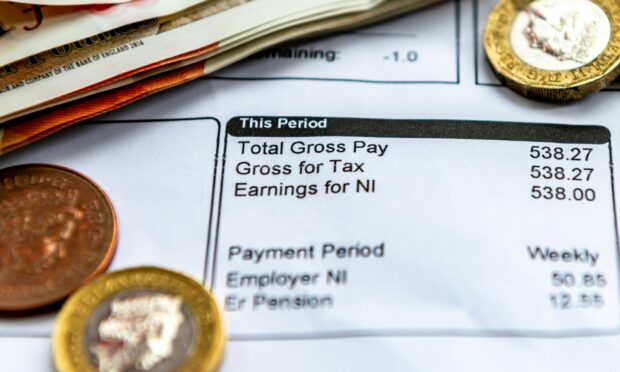
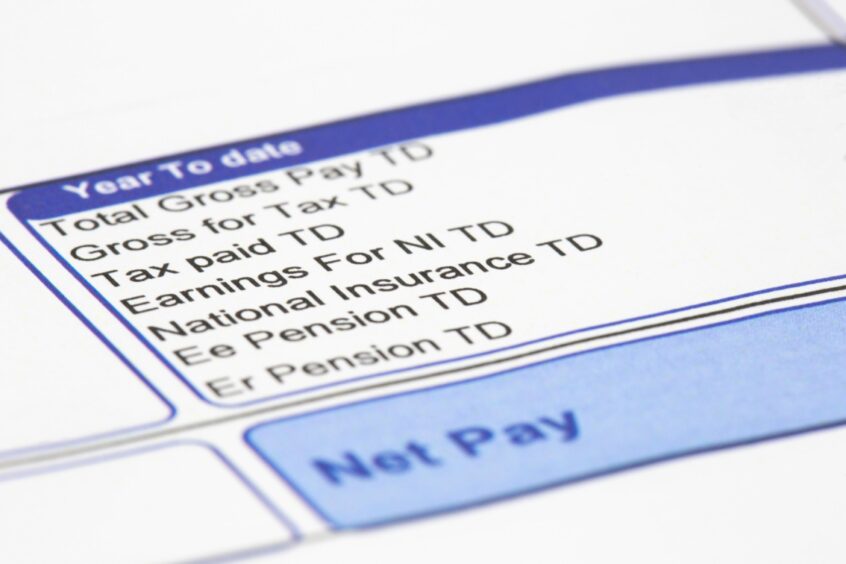





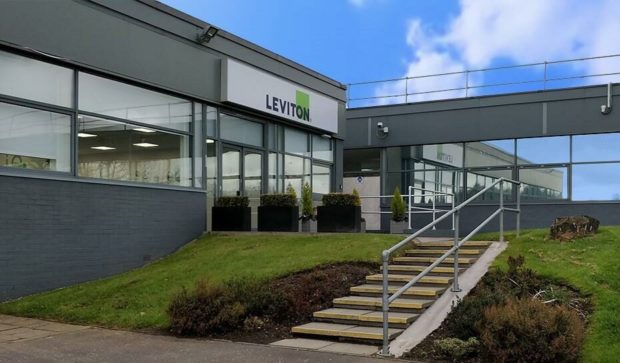
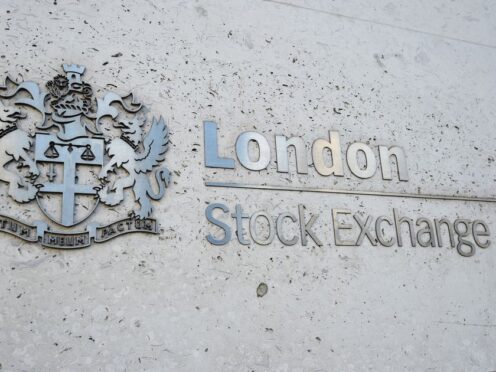


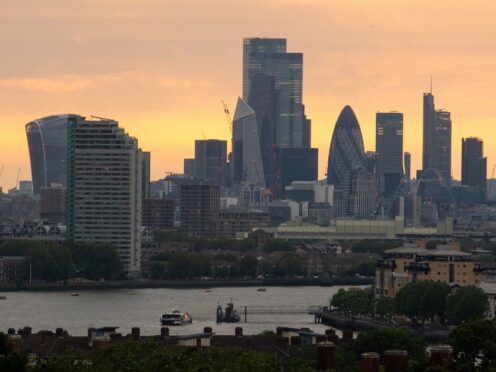
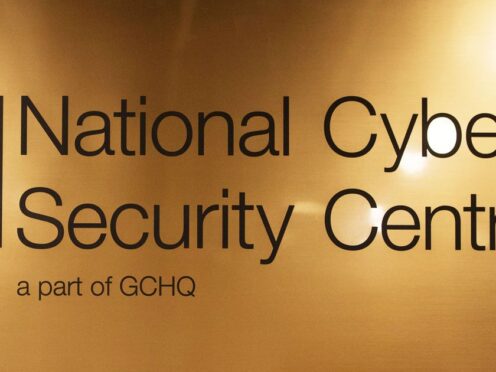
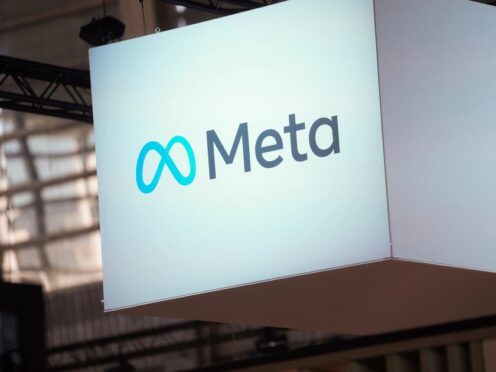
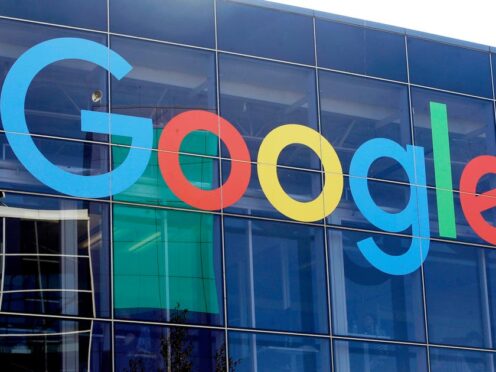
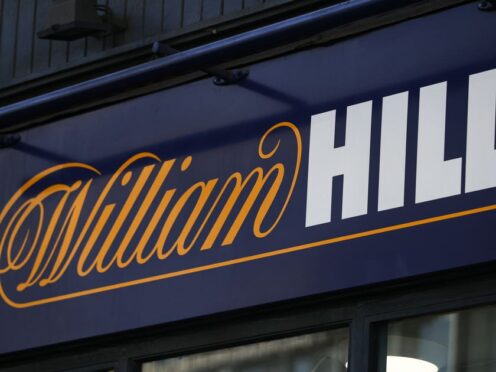


Conversation